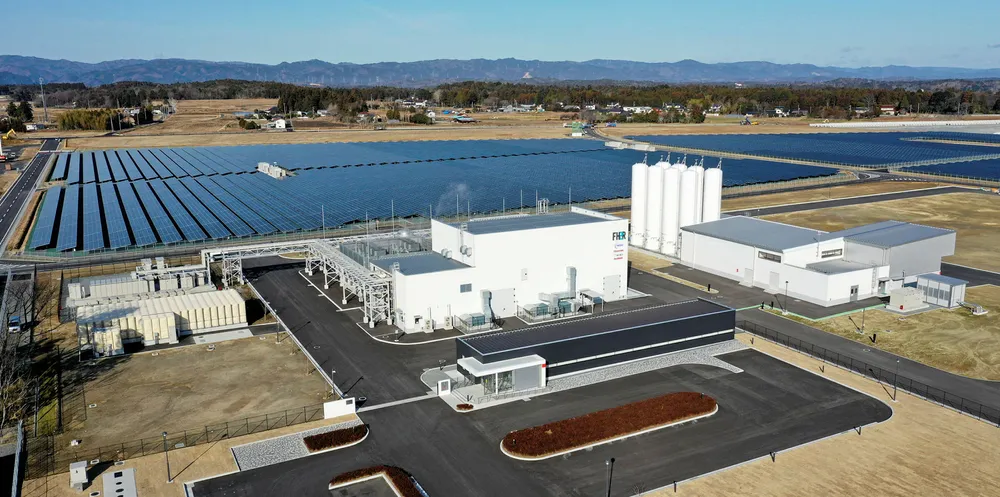Japan opens world's largest green-hydrogen plant near Fukushima disaster site
Partners including Toshiba say Fukushima Hydrogen Energy Research Field is most powerful electrolyser yet to link production to renewables

Partners including Toshiba say Fukushima Hydrogen Energy Research Field is most powerful electrolyser yet to link production to renewables
